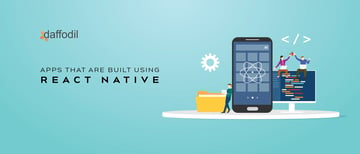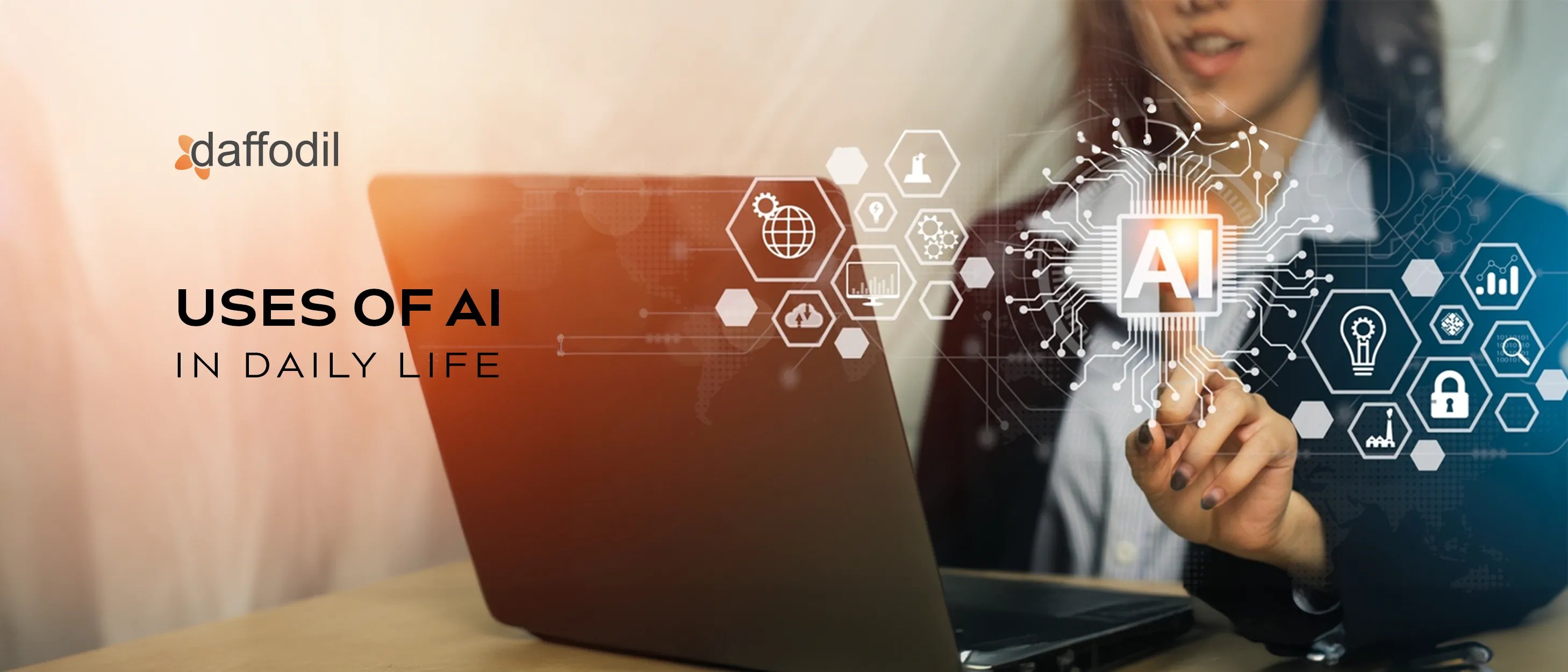
Artificial Intelligence (AI) and its multiple sub-domains are being increasingly employed in various industries and businesses to aid in repetitive processes. But there has been a burgeoning interest from established tech giants and startups in using AI to make everyday life a walk in the park.
AI has been highly instrumental in optimizing the way we entertain ourselves, interact with our mobile devices, to even driving vehicles for us. We tend to encounter Machine Learning (ML) algorithms and Natural Language Processing (NLP) in several everyday tasks more than we know.
Two Categories for AI Usage
We can classify the way AI is utilized to improve the functionalities of everyday life into two broad streams.
i)Software/Methodology:
Prominent examples of AI software used in everyday life include voice assistants, image recognition for face unlock in mobile phones, and ML-based financial fraud detection. AI software usually involves just downloading software with AI capabilities from an online store and requires no peripheral devices.
ii)Embodied:
The hardware side of AI includes its utilization in drones, self-driven vehicles, assembly-line robots, and the Internet of Things (IoT). This involves the design of specific devices that are based on AI capabilities.
20 Applications of AI Capabilities in Everyday Life
AI and ML-powered software and devices are mimicking human thought patterns to facilitate the digital transformation of society. AI systems perceive their environment, deal with what they perceive, solve problems and act to help with tasks to make everyday life easier. To fully capitalize on these advancements, businesses often integrate them with high-performance Magento Hosting to ensure speed, scalability, and seamless user experiences.
Here are 20 areas where AI plays an important role in helping humans with their everyday requirements:
1) Taxi Booking Apps
You have probably booked a cab through an app like Uber, but do you know how it can ensure a ride is just a few minutes away? AI makes this happen by analyzing historical data to allocate drivers more efficiently.
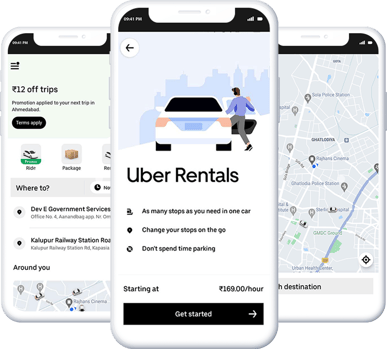 Intelligent algorithms predict demand patterns based on historical data and external factors, allowing for better allocation of drivers to high-demand areas. This ensures quicker response times and improved overall efficiency.
Intelligent algorithms predict demand patterns based on historical data and external factors, allowing for better allocation of drivers to high-demand areas. This ensures quicker response times and improved overall efficiency.
Route optimization is another area where AI shines in cab booking apps. The algorithms analyze real-time traffic data, road closures, and other variables to suggest the fastest and most efficient routes for drivers, minimizing travel time and enhancing user satisfaction.
Image credit: To the owner
2)Voice Assistants
Digital assistants like Siri, Google Home, and Alexa use AI-backed Voice User Interfaces (VUI) to process and decipher voice commands. AI gives these applications the freedom to not solely rely on voice commands but also leverage vast databases on cloud storage platforms. These applications can then parse thousands of lines of data per second to complete tasks and bring back tailored search engine results.
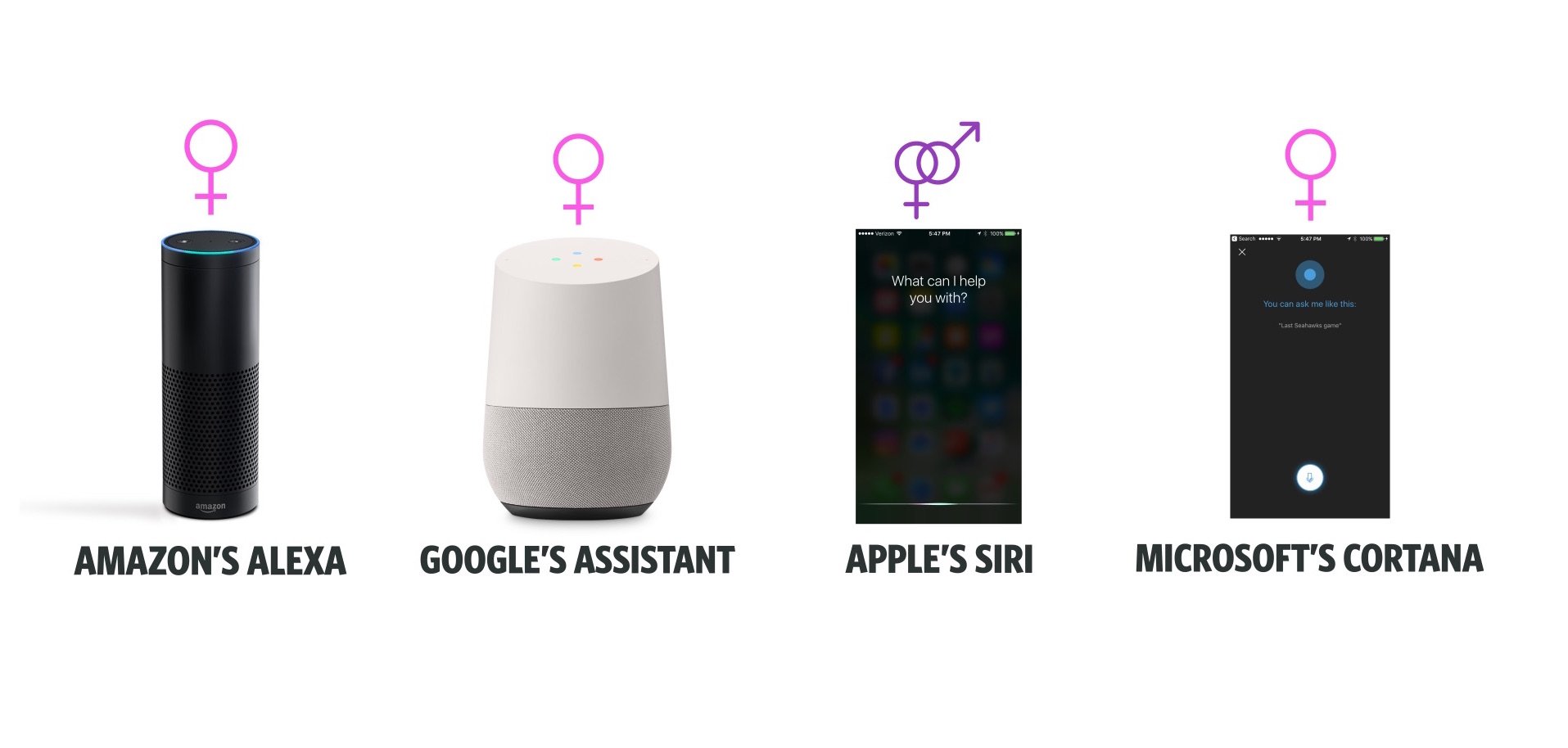
Image credit: To the owner
There is a sweeping change in consumer awareness and an increase in comfort levels with this technology. Voice assistant interfaces are rapidly advancing, especially finding use in healthcare to identify certain diseases through vocal biomarkers. Voice-based chatbots are also being integrated into telehealth applications for triage and screening.
3) Chatbots
We've all interacted with numerous chatbots online. What might surprise you is that many of these bots, if not all, are practical examples of AI in action. These bots have evolved beyond simple rule-based systems to sophisticated conversational agents, and a noteworthy example is ChatGPT, developed by OpenAI.

Image credit: To the owner
Advanced technologies such as NLP and machine learning algorithms enable chatbots to comprehend user queries, context, and intent. These systems can provide personalized responses, guide users through complex processes, and even learn from user interactions to continuously enhance their capabilities.
Businesses and developers integrate chatbot into their applications and websites to provide users with an interactive and dynamic conversational experience. For instance, in customer service, chatbots offer 24/7 assistance, resolving queries efficiently and improving overall user satisfaction. The use of sentiment analysis further allows chatbots to gauge user emotions and tailor responses accordingly.
4)Entertainment Streaming Apps
Streaming giants like Netflix, Spotify, and Hulu are continually feeding data into machine learning algorithms to make the user experience seamless.
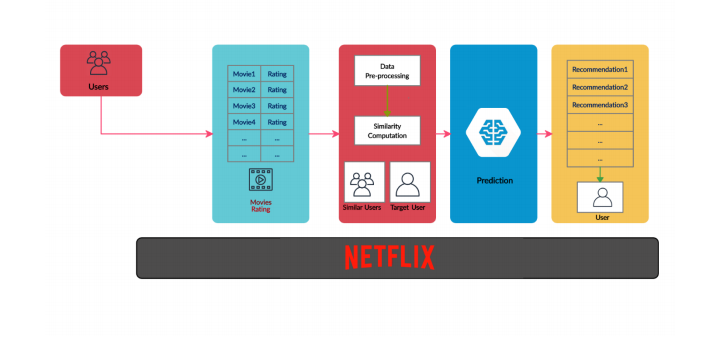
Image credit: To the owner
Carefully looking at the user's interaction with various media, these streaming apps recommend custom content. Using AI to parse through the ever-increasing user data, these apps create catalogs of music, movies, and TV series suited to each individual user's liking.
AI also plays an important role in providing uninterrupted streaming by automating the allocation of servers closest to the user. Bandwidth allocation also changes automatically based on the popularity of a particular piece of media.
5)Personalized Marketing
Brands use AI-driven personalization solutions based on customer data to drive more engagement. A report compiled by OneSpot Research revealed that 88% of the surveyed consumers stated that more personalized content makes them feel better about a brand.
Consumers are more likely to make a purchase when they are directed to products through personalized marketing via automated e-mails and feedback forms. Recent innovations with AI claim to use computer vision to predict an advertisement’s performance, helping brands reach the right people and serving those who need those products. Depending on the marketing stage, AI marketing apps help both prospects and retargeted customers. It doesn’t end there as there are also tools that humanize marketing material so it doesn’t sound robotic. Also, AI helps businesses create a logo using a logo maker online tool that resonates with the audience. It gives them insights into what elements work best in their niche market or correctly portray their products/services.
6) Image Recognition through Google Lens
Google Lens, powered by AI, extends the capabilities of image recognition beyond mere visual identification. It can recognize objects, landmarks, and text in images. Optical Character Recognition (OCR) technology integrated into Google Lens allows users to extract and interact with text from images.
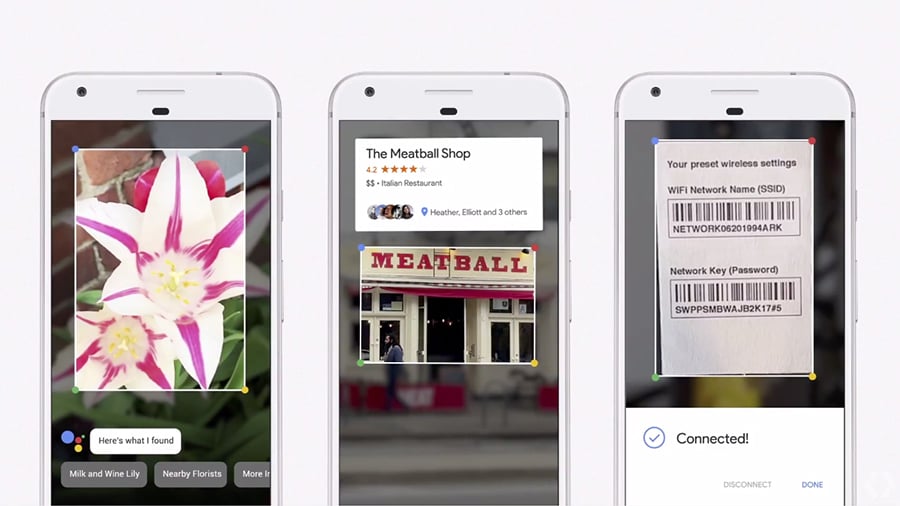
Image credit: To the owner
For example, you can point your camera at a foreign-language sign, and Google Lens will not only translate the text in real-time but also maintain the original context. The OCR capabilities of Google Lens are evident when you capture a business card; it not only recognizes the text but also suggests saving it as a contact.
7) Social Media Algorithms
In fact, social media platforms like Instagram, Facebook and YouTube utilize AI algorithms to make your experience more personalized and engaging. These algorithms look at how you behave on the platform—your likes, shares, and comments—to figure out what you like. They then use this information to curate your content feed, suggest connections, and show you targeted ads. Additionally, machine learning models help keep the platform safe by identifying and filtering out inappropriate content. You’ll also find AI Social Media Management Software listed on Revoyant, offering similar AI-driven capabilities to automate publishing, enhance engagement, and track analytics. The continuous learning aspect of these algorithms ensures that recommendations evolve with users' changing interests.
8)Smart Input Keyboards
The latest versions of mobile keyboard apps combine the provisions of autocorrection and language detection to provide a user-friendly experience.
With the help of AI, these apps can efficiently correct mistakes, help switch between languages, and predict the next word in a non-intrusive manner. Utilizing the principle of the "random forest" machine learning algorithm, AI programmers are teaching these apps to understand the context of the message being typed and make accurate predictions.
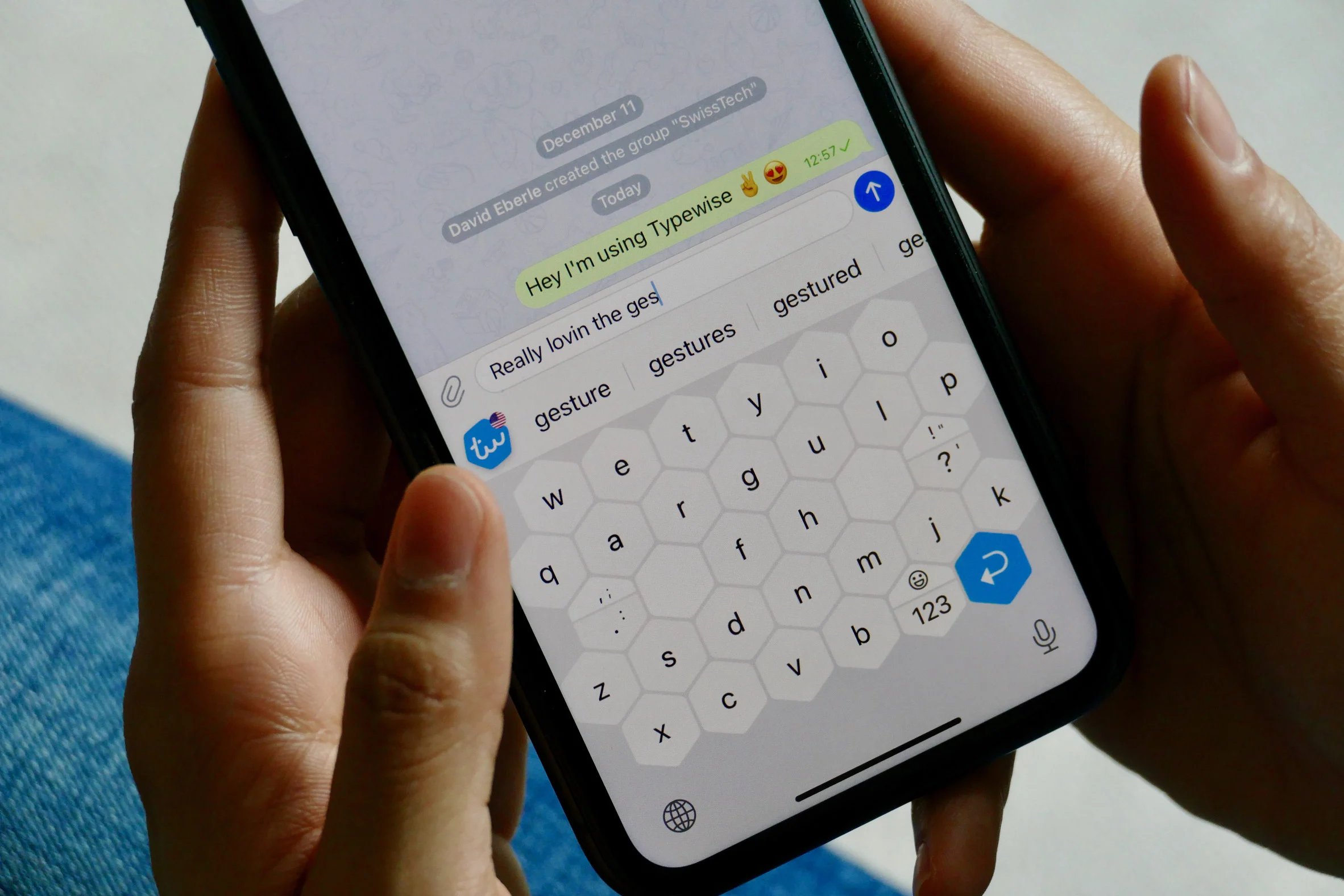
Image credit: To the owner
Apps like Typewise and Swiftkey are now integrated with over 300 languages and dialects. Added facilities like real-time translation and integrated search engines are also being introduced lately.
9) Fraud Detection in Banking
The financial sector benefits significantly from the integration of artificial intelligence, particularly in online banking security. AI-driven transaction monitoring systems analyze transaction patterns, swiftly identifying any irregularities or potential fraudulent activities.
Biometric security measures, such as fingerprint and facial recognition, add an extra layer of authentication, bolstering the security of online financial transactions. Additionally, AI's behavioral analysis capabilities contribute to the early detection of unusual activities, offering a proactive approach to fraud prevention in the banking sector.
10) Navigation and Travel
The work of AI programmers behind navigation apps like Google Maps and Waze never ends. Yottabytes of geographical data which is updated every second can only be effectively cross-checked by ML algorithms unleashed on satellite images.
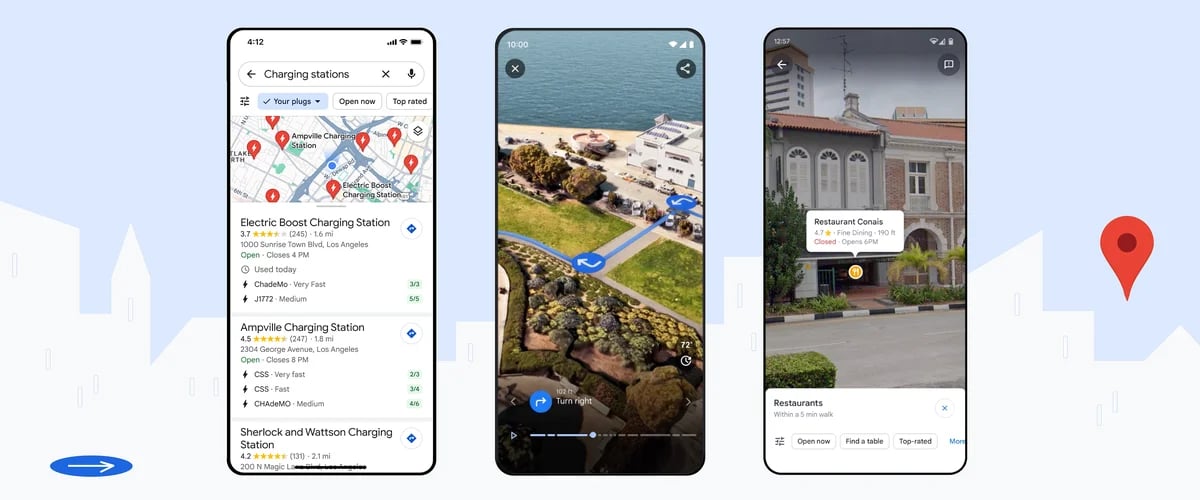
Image credit: To the owner
Recently, researchers at MIT developed a navigation model that tags road features in digital maps, all in real-time. These digital maps are also created simultaneously based on satellite imagery incorporating information about cycling lanes and parking spots.
Imaging algorithms built on Convolutional Neural Networks (CNN) and Graph Neural Networks (GNN) have simplified regular updates in routes. AI also helps ascertain routes on satellite images covered by natural overgrowth with the help of predictive models.
11) Gamified Therapy
AI had found a place in gaming from the time classics such as Pac-Man and Pong were around for intuitive universe-building. However, until now innovations in gaming AI have focused on presenting more interesting challenges to the gamer and not on gauging the gamer's mindset.

Image credit: To the owner
Gamified applications are now being designed to gauge the gamer's mental fortitude in the face of certain defeat. This is helping to study methods to mitigate depression and anxiety in gamers and people in general.
Using Virtual Reality (VR) headsets, some of these gaming applications provide Cognitive Behavioral Therapy (CBT) for enhanced engagement with the person. AI helps these games to adapt to the user's behavior based on examined stimuli as the game progresses.
12) Fall Detection and Car Crash Detection
Wearable devices like the Apple Watch equipped with accelerometers and gyroscope sensors use AI algorithms to analyze movement patterns. In the event of a fall, the system can automatically detect it and trigger alerts or emergency responses.

Image credit: To the owner
Similarly, AI is applied to car crash detection systems. Advanced driver assistance systems (ADAS) utilize sensors and cameras to monitor the vehicle's surroundings. For instance, systems like Tesla's Autopilot AI utilize algorithms to analyze data in real-time to detect signs of a potential crash, enabling quick responses such as deploying airbags or notifying emergency services.
13) Self-driving Vehicles
The technology of Autonomous Vehicle AI is witnessing large-scale innovation driven by global corporate interest. AI is making innovations beyond cruise-control and blind-spot detection to include fully autonomous capabilities.
Deep Reinforcement Learning (DRL), a subset of machine learning, is being applied to teach vehicles to operate independently. Path planning in the face of static and dynamic obstacles is being made possible through various predictive AI models.
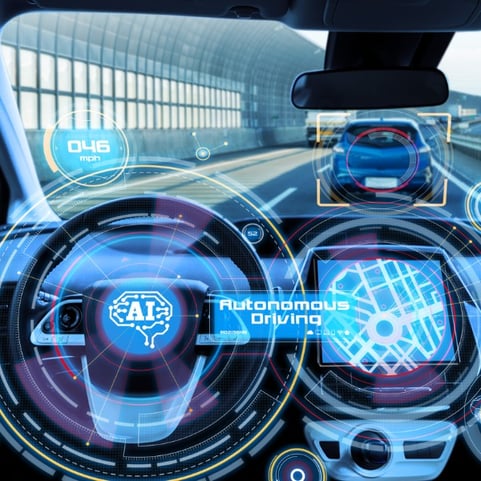
Image credit: To the owner
Predicting accurately when neighboring vehicles will swerve and other such unforeseen events are being taken into account. Simultaneous Localization and Mapping (SLAM) is the technology that makes this possible with real-time orientation to surroundings via sensors.
14) Facial Recognition Technologies
The most popular application of this technology is in the Face ID unlock feature in most of the flagship smartphone models today. The biggest challenge faced by this technology is widespread concern around the racial and gender bias of its use in forensics.
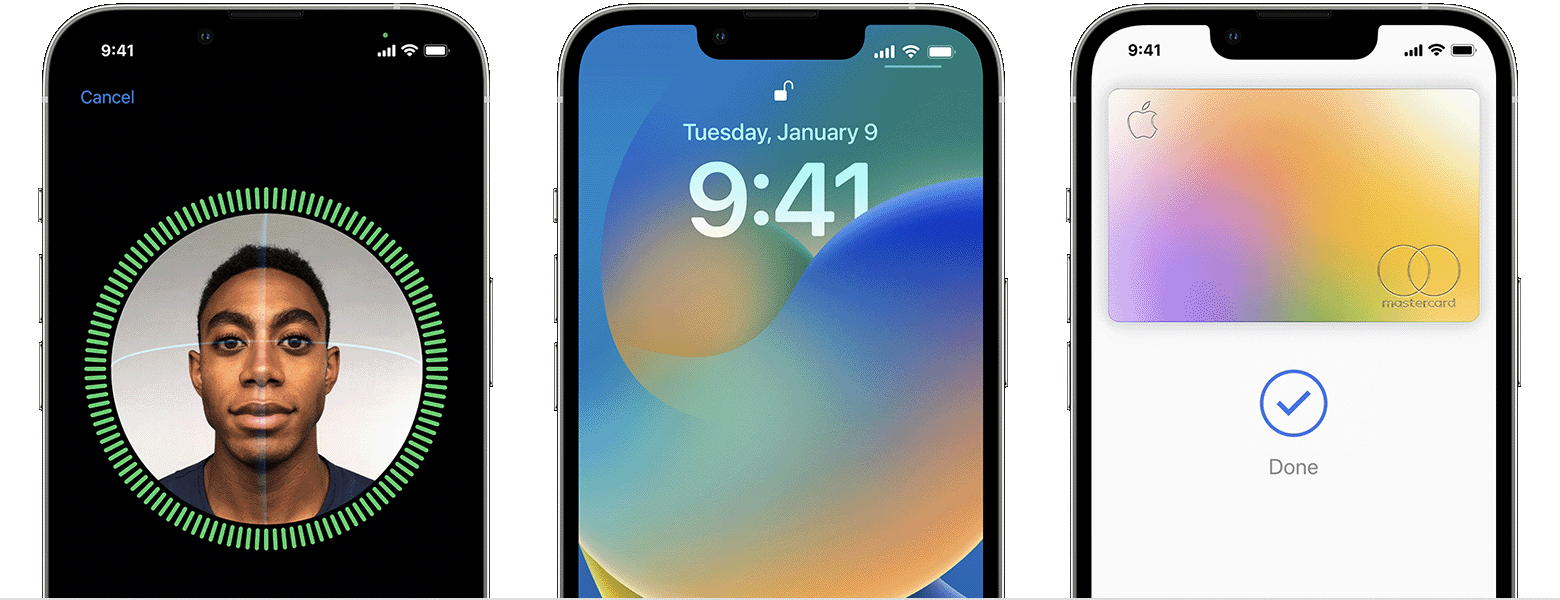
Image credit: To the owner
Generative Adversarial Neural Networks (GANN) are being applied to reduce the margin of error in facial recognition software. These neural networks are also being trained to pinpoint the unethical use of Deepfake technology.
Various industries are also developing AI software that picks up facial expressions to identify mood and intention. Emotion AI or Affective Computing is an emerging area of interest to gauge customer experience. These advancements are closely tied to the evolution of image recognition software listed on Sposaas, which continues to power applications across security, retail, healthcare, and customer analytics.
16) AI-driven Speech Recognition
Google has integrated AI into several applications to enhance user experiences. For instance, Google Recorder app, it employs AI-driven speech recognition to transcribe spoken words into text. This functionality is not only handy for note-taking but also improves accessibility through features like text-to-speech for users with different needs.
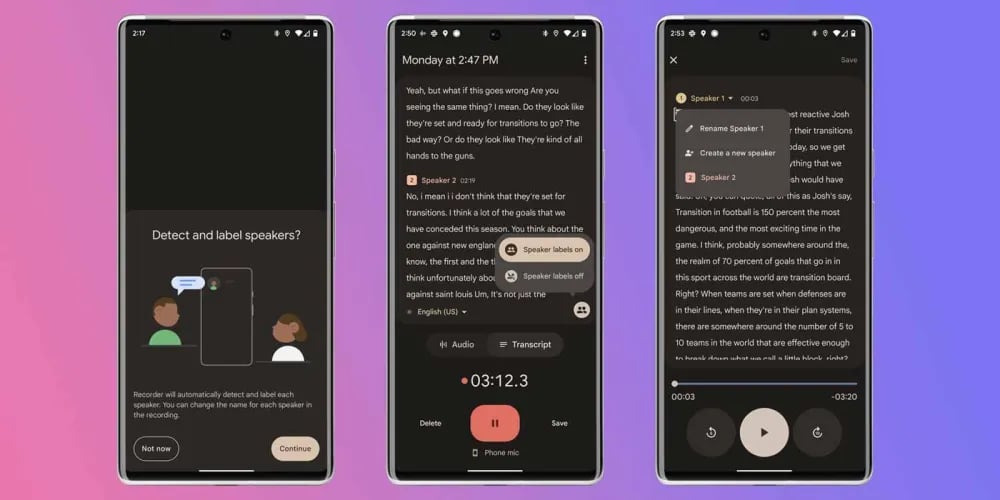
Image credit: To the owner
Live Captions, another Google feature, uses AI to generate real-time captions for videos, podcasts, and audio messages. This accessibility feature ensures that users with hearing impairments can still engage with multimedia content.
Transcribe, an extension of Google's AI capabilities, can convert spoken words from audio files into written text. This has implications for a wide range of applications, from documenting interviews to creating written records of spoken content for various purposes.
15) Security and Surveillance
It is nearly impossible for a human being to keep a constant eye on too many monitors of a CCTV network at the same time. So, naturally, we have felt the need to automate such surveillance tasks and further enhance them by leveraging machine learning methodologies.
AI frees up human surveillants to focus on the verification of crucial incidents and act upon them. The constant monitoring and detection part of surveillance is taken up by AI video monitoring software. AI can pick up irregular behavior that might sometimes be missed by human eyes.
An extension of AI-based facial recognition software is also being employed in surveillance systems of high-risk public places like government buildings. Currently, liberal governments are finding ways to reduce the risk of privacy breaches from AI surveillance.
17) Email Filtering
The management of email communication has become easy and streamlined with the integration of artificial intelligence. AI-driven email filtering systems actively identify and filter out spam, maintaining the integrity of users' inboxes. Moreover, these systems contribute to a more organized inbox by categorizing emails into relevant folders, improving accessibility. In the process of email composition, AI's predictive typing and autocorrect features enhance the overall efficiency and accuracy of communication, ensuring a polished and professional correspondence.
18) AI Image Generators
AI image generators, particularly those powered by Generative Pre-trained Transformers (GPT), have advanced significantly. These tools work by learning from a massive amount of data to understand patterns and textures in images.
These generators find applications in various business aspects, from creative design to visual storytelling. Businesses can leverage these tools to produce unique and engaging visuals for marketing materials, presentations, or any content that requires compelling imagery. Moreover, high-quality visuals also play an important role in on page website optimization, as they improve user engagement, reduce bounce rates, and enhance overall search engine visibility.
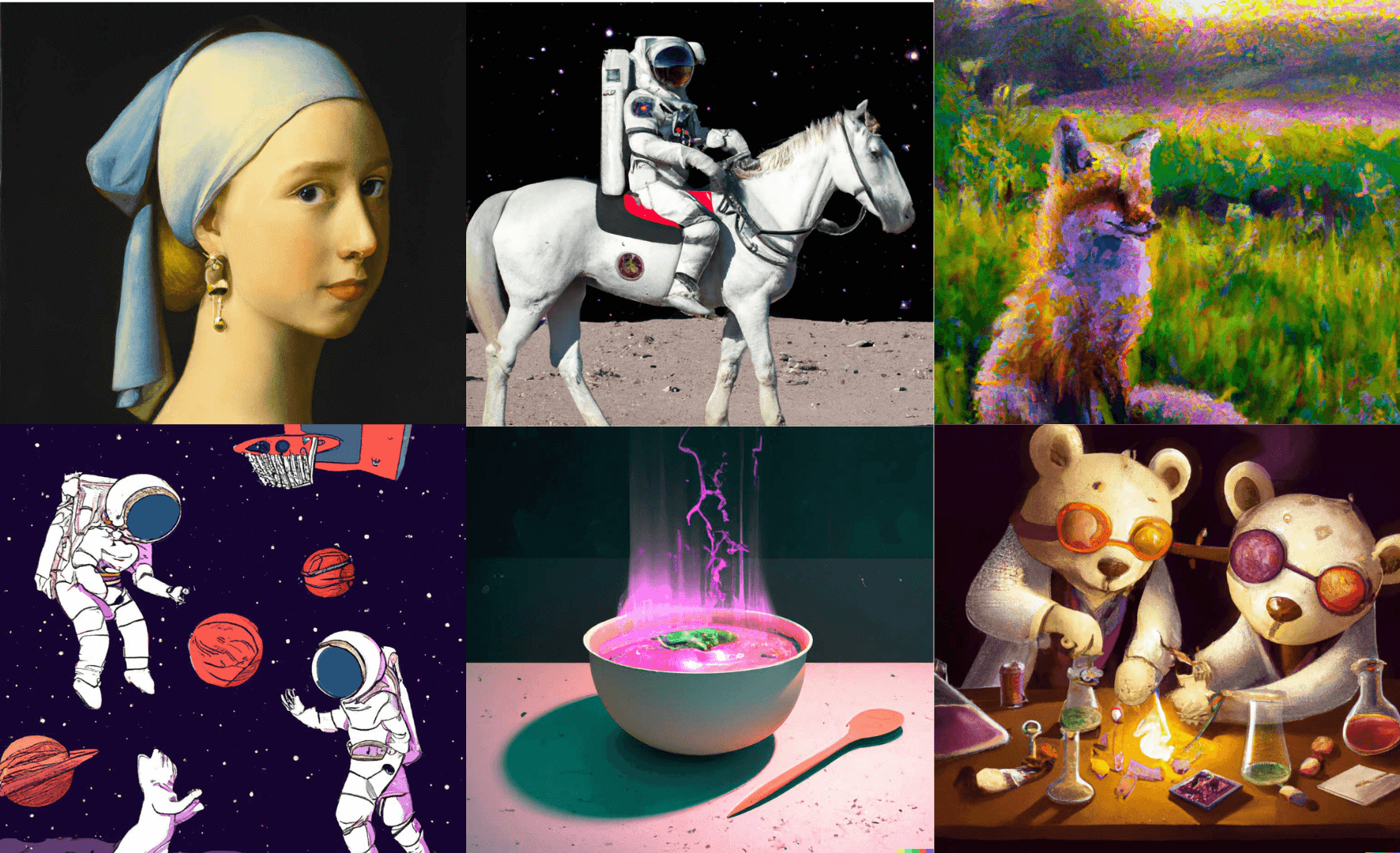
Image credit: To the owner
DALL-E, created by OpenAI, is an excellent example to highlight the capabilities of AI image generators. With DALL-E, users can provide written prompts, and the model generates unique and creative images based on those prompts.
For instance, if you input a prompt like "an astronaut riding on a horse on the moon," DALL-E can generate an image that aligns with that description. This demonstrates the model's ability to not only understand textual input but also produce visually coherent and novel images that match the specified criteria.
Ethical considerations regarding the potential misuse of AI-generated images have also sparked discussions, emphasizing the need for responsible development and usage.
19) Weather Prediction
The accuracy of weather prediction owes much to artificial intelligence. Meteorological models powered by AI analyze vast amounts of historical and real-time weather data, including temperature, humidity, wind patterns, and atmospheric pressure. These models can predict weather conditions more accurately and offer more precise forecasts. Machine learning algorithms can adapt to changing patterns, enhancing the reliability of weather predictions and providing valuable information for planning daily activities or making informed decisions during severe weather events.
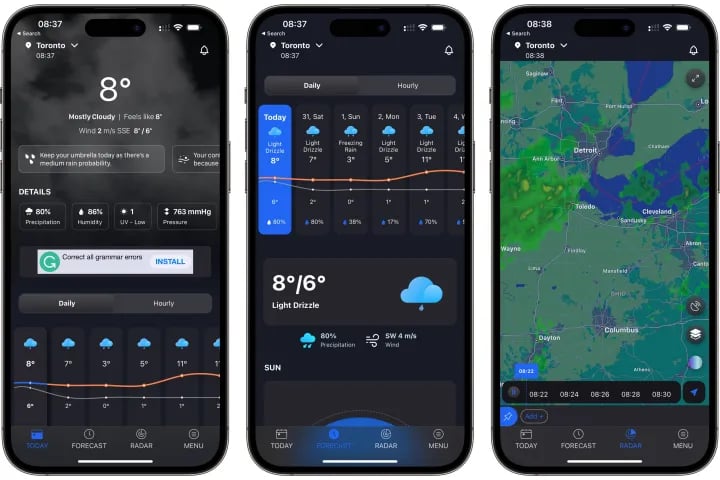
Image credit: To the owner
For example, mobile apps like Dark Sky or AccuWeather utilize AI to offer hyper-localized forecasts, sending users minute-by-minute updates on precipitation and temperature changes based on their current locations.
20) Internet of Things
The confluence of AI and the Internet of Things (IoT) opens up a plethora of opportunities to develop smarter home appliances that require minimal human interference to operate. While IoT deals with devices interacting with the internet, the AI part helps these devices to learn from data.
The five broad steps involved in IoT-enabling are - create, communicate, aggregate, analyze and act. The efficacy of the ultimate step, "act", is based on the depth of analysis, and AI adds tons of value to it.
AI unlocks the potential of the data aggregated by IoT devices via sensors. Learnings from this data over multiple iterations enable IoT devices to respond to human stimuli and requirements better.
AI is the Backbone of Technological Progress
AI is constantly influencing the choices made by R&D departments across multiple industries, from healthcare to defense technology. Research by Accenture reveals that by the end of the next fiscal more than 65% of all globally incorporated outfits plan to invest in AI.
Daffodil can provide their insightful understanding of AI to build technology solutions such as the MANI App. If you wish to know how AI can expedite your technological processes, you can find out about our AI Software Development team.







